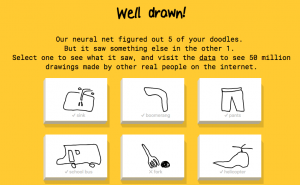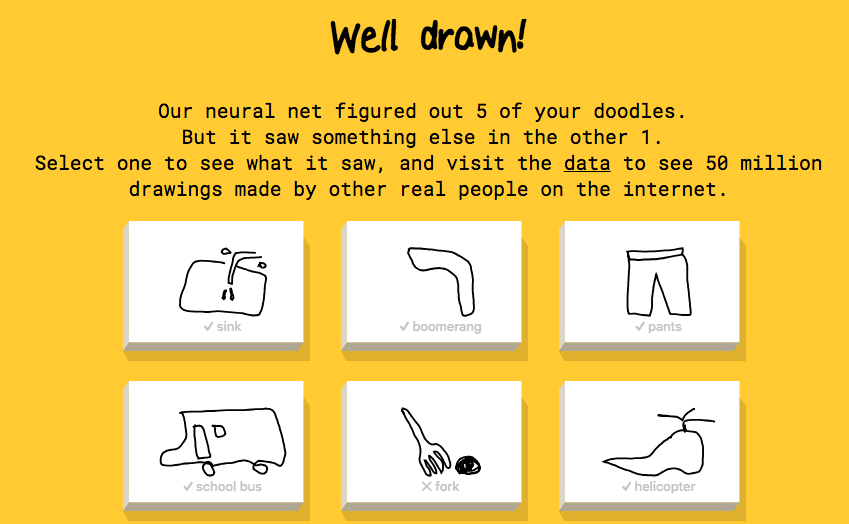New Literacies and Cognition
I’m reading and reflecting on a chapter in a book edited by Elizabeth Baker titled The New Literacies: Multiple Perspectives on Research and Practice where cognitive processing is examined. There is a connection to the upcoming 6411 Cognition and Learning course, so I’ll capture some of the information, content and connections here. This chapter is titled Cognitive Processing Perspectives on the New Literacies by D. Tracey, A. Storer, and S. Kazerounian. This chapter begins with a definition of new literacies, builds connections to four categories of cognitive processing, and concludes with implications for research, instruction, and policy development (p. 106). The four cognitive processing frameworks include narrative description, box-and-pointer model, computational model, and neuroscience perspectives (Tracey, Storer, & Kazerounian, 2010). Here is a collection of ideas and quotes
- “Writers in the area of new literacies agree that our schema for “literacy” must now be expanded beyond paper and pencil conceptualizations” (p. 107)
- “…to be literate in the modern digital world, one must develop familiarity with the scope, depth, structure, and organization of these new texts” (p. 107) – referencing texts that are “electronic, digital, interactive, and changing” as well as internet based and image based (p. 107).
- “… effective users of the Internet must set a focused purpose for Internet searches, employ efficient search strategies, synthesize search-engine results, cite sources, and ethically use findings” (p. 107).
- “our schema for literacy is further extended when one considers the social practices in which individuals engage when they use the new technologies” (p. 108)
- “expansion of our literacy schema is required to integrate the understanding that new literacies evolve as new technologies evolve” (p. 108)
With the ongoing mention of ‘schema’ I needed to build my background, factual knowledge about this term, so went looking for a definition. What is Schema in Psychology, a blog post that outlines a definition, examines historical background, provides some basic examples, and outlines how schema impact learning, helped bring understanding to this concept, thus improving my schema about schema.
Exploring the four cognitive processing perspectives, as they “explain the internal workings of the mind as individuals engage in complex mental activities” (p. 109):
- classic viewpoints of ‘top down’ or ‘bottom up’ narrative processes (p. 110)
- distributed cognitive tasks; cognitive tools available through hypermedia (p. 111)
- box-and-pointer models include “diagrams and flowcharts to differentiate between types of processing and/or processors within the brain” (p. 112)
- dual route theory of reading shows “that there exist two primary routes to word identification” (p. 113) that include lexical route (semantic system) and nonlexical (grapheme-to-phoneme system) (p. 113)
- computational models seek to quantify the process of reflective cognition (p. 116) and are often based on computer simulations
- the parallel distributed processing (PDP) frameworks are generally formulated in three layers – first contains orthographic representations, inputs; second is the hidden layer; third layer encompasses phonological representations (output); where complex syntactical and semantic modules impact speed and ability to convert input to output (p. 117)
 PDP models contain the “learning rule” (p. 117) with prediction occurring between input and output – one example is Google Quick Draw
PDP models contain the “learning rule” (p. 117) with prediction occurring between input and output – one example is Google Quick Draw- “by virtue of repeated presentations of familiar words, the connection strengths between nodes” are increased (p. 118) – or between words and images as in the quick draw activity
- “Neurons that fire together, wire together” (p. 118)
- one framework that is being applied to new literacies is the ‘adaptive character of thought (ACT) which outlines modularity and ease of use (p. 118)
- there is a difference and distinction between declarative and procedural knowledge (p. 118) with both being defined in this text
- examining the ‘information foraging theory (ACT-IF) which explores resource currency, costs incurred when applying a ‘scatter-gather’ system using tags and categories (similar to this blog site perhaps?) which creates new organizational structures and interactions (p. 119)
- cognitive neurosciences attempt to build connections between brain processes to account for diversity in brain function (p. 121); using magnetic resonance imaging (MRI)
The impact of research into cognitive processes within new literacies should consider:
- “the primary goal of cognitive processing research in new literacies should be to determine which theories and models within each of the four presented categories most accurately represent human cognition when engaging with new literacies.” (p. 125)
- researchers are petitioned to “systematically address the topic in one of two ways” “either the predictive and explanatory value of a single cognitive processing framework (e.g., a PDP model) should be examined in relation to a wide variety of new literacies such as different types of texts, skills, and social practices OR a single new literacy (e.g., navigation of the Internet) should be examined from multiple cognitive processing theories…” (p. 125)
- “cognitive processing frameworks are beginning to inform the instruction of new literacies” e.g. the cognitive processing concept of distributed cognition (p. 126)
Reference
Tracey, D., Storer, A., & Kazerounian, S. (2010). Cognitive processing perspectives on the new literacies. In E. Baker (Ed.), The new literacies: Multiple perspectives on research and practice (106-130). New York, New York: The Guilford Press.
